Falls are a leading cause of fatalities and injuries in the construction industry. At STC (Safety Training & Compliance), we are dedicated to creating safer workplaces and preserving human life through workplace safety. In line with OSHA guidelines, one powerful tool to address fall hazards is the Stand-Down. In this blog, we will provide you with a comprehensive guide to conducting a successful Stand-Down, empowering you to take proactive steps in preventing falls on your construction site.
What is a Stand-Down?
A Stand-Down is a voluntary event where employers and workers pause their regular work activities to focus on fall hazards and reinforce the importance of fall prevention. During the Stand-Down, workers are educated about fall hazards specific to their job sites, and employers can address safety protocols, best practices, and the proper use of personal protective equipment (PPE).
Key Steps for a Successful Stand-Down
To ensure an effective Stand-Down, follow these key steps:
Plan Ahead: Schedule the Stand-Down and identify the areas of focus, such as ladders, scaffolding, or roof work. Engage supervisors and workers in the planning process to encourage participation and gather valuable insights.
Conduct Engaging Training: Provide comprehensive training sessions tailored to different job roles. Include demonstrations, discussions, and real-life examples to enhance understanding and engagement. Encourage workers to ask questions and share their experiences.
Reinforce Best Practices: Emphasize the importance of fall prevention measures like hazard identification, proper use of PPE, and safe work practices. Highlight the significance of pre-planning tasks, regular inspections, and effective communication among team members.
Benefits of a Stand-Down
Participating in a Stand-Down offers several benefits for both employers and workers:
Increased Awareness: Workers become more knowledgeable about fall hazards and prevention strategies, leading to improved safety practices and reduced accidents.
Enhanced Collaboration: The Stand-Down fosters open communication between employers and workers, promoting a culture of safety where everyone feels empowered to contribute to accident prevention.
Compliance with Regulations: Conducting a Stand-Down demonstrates your commitment to OSHA regulations and can help you avoid penalties while safeguarding your workforce.
Preventing falls in construction requires a proactive approach, and the Stand-Down is a powerful tool to reinforce safety practices and educate workers about fall hazards. By organizing a Stand-Down, you are investing in the well-being of your team and the success of your projects. Want to learn more about preventing falls and other essential workplace safety practices? Check out our blog today!
Photo Sourced from Getty Images: #1332162803

